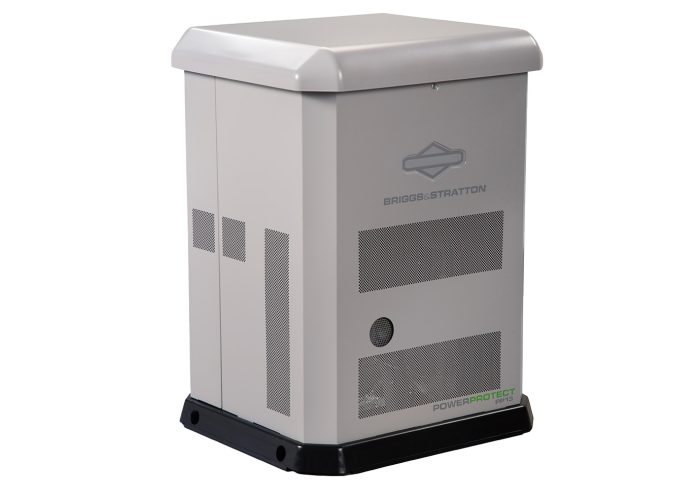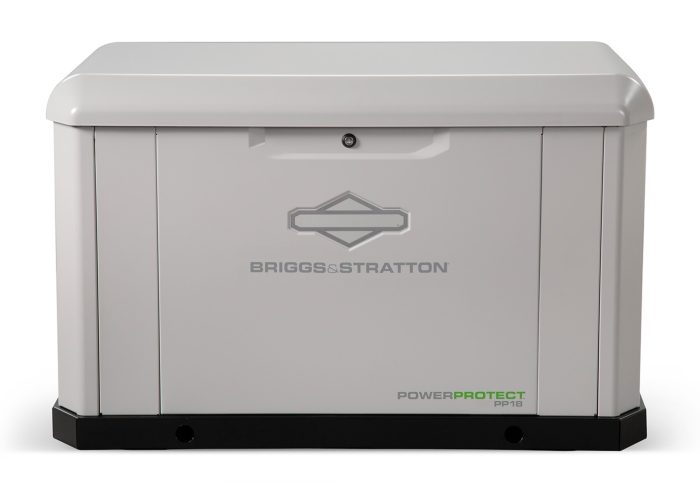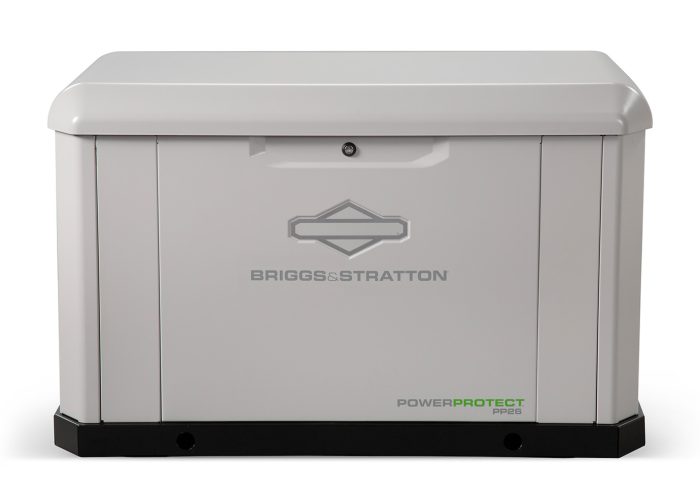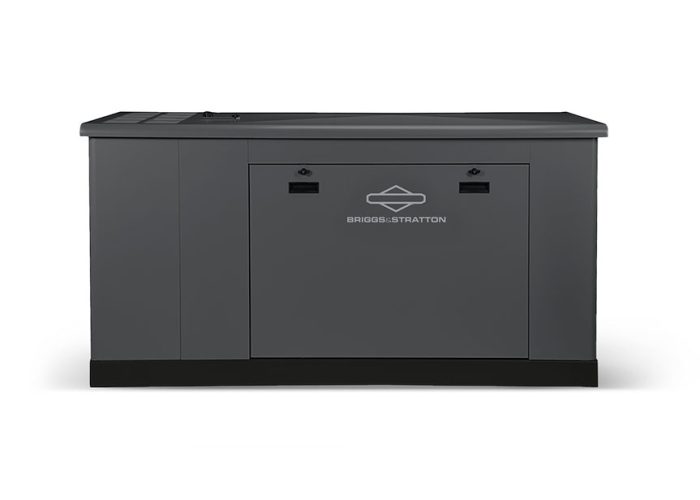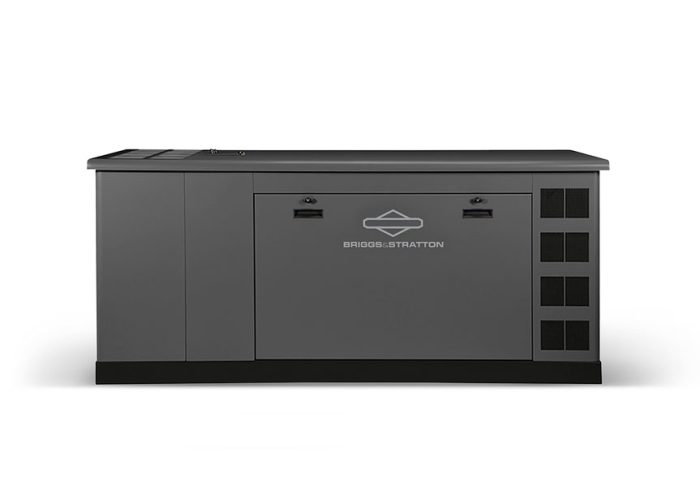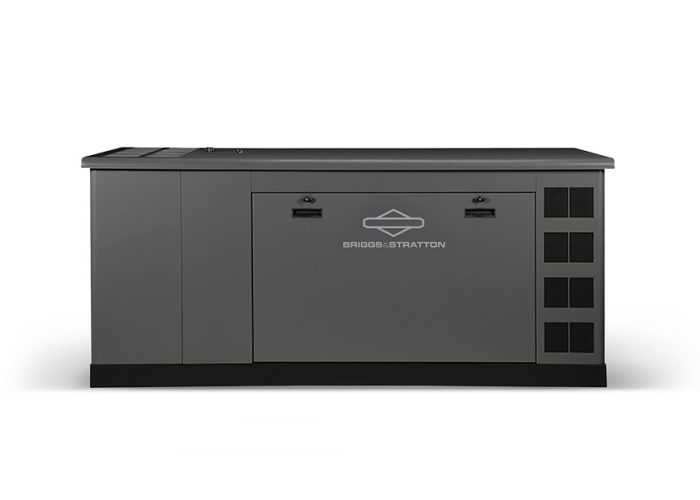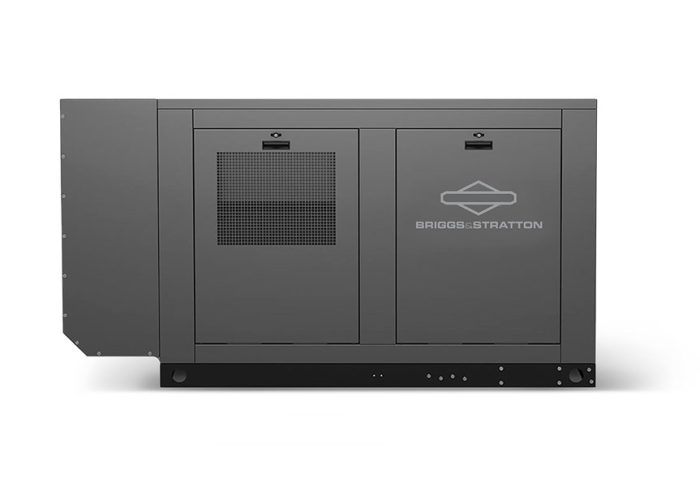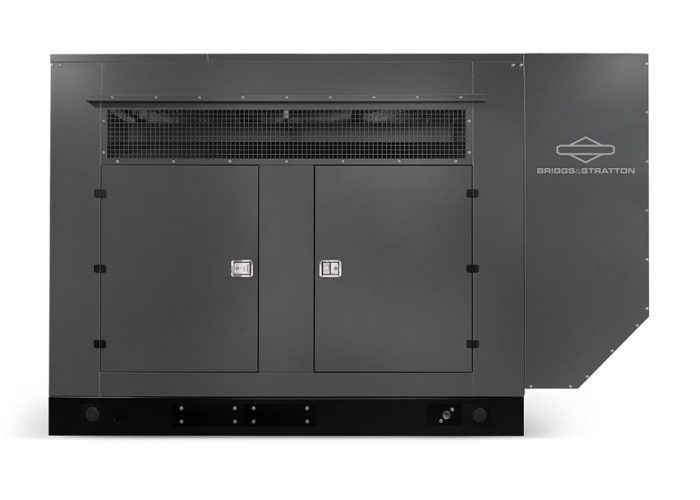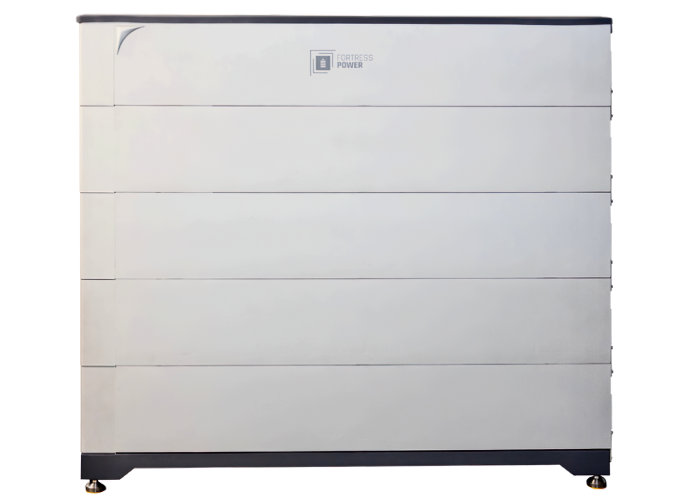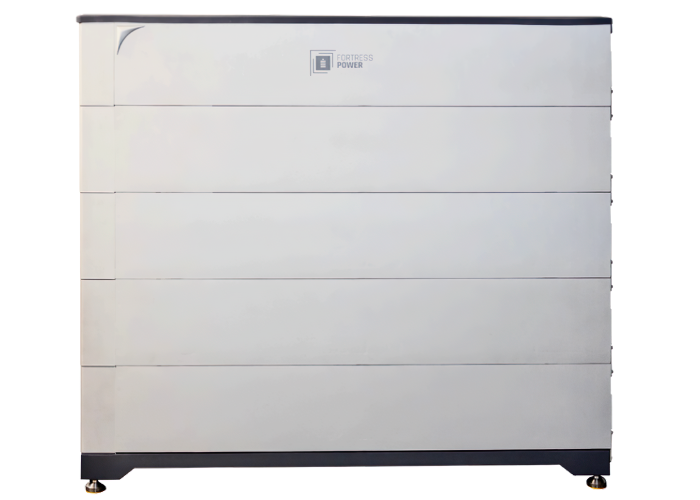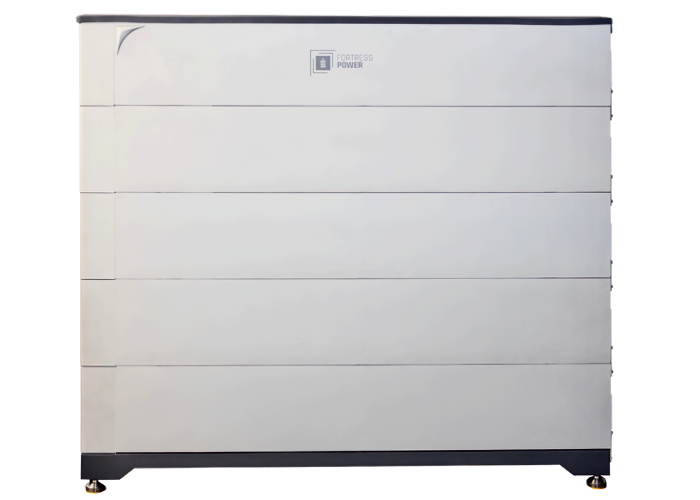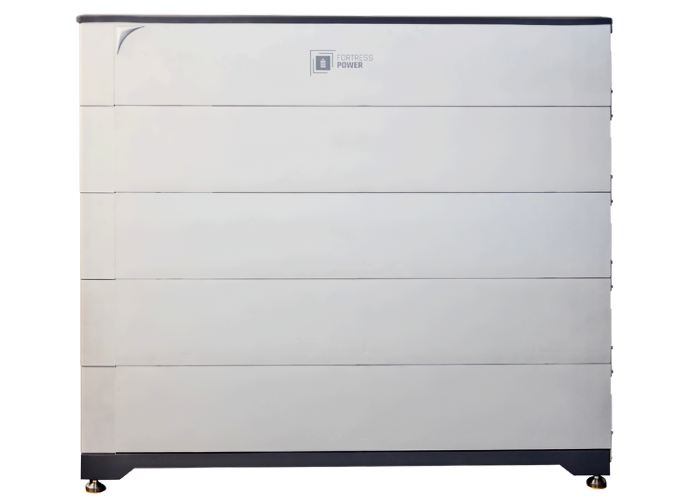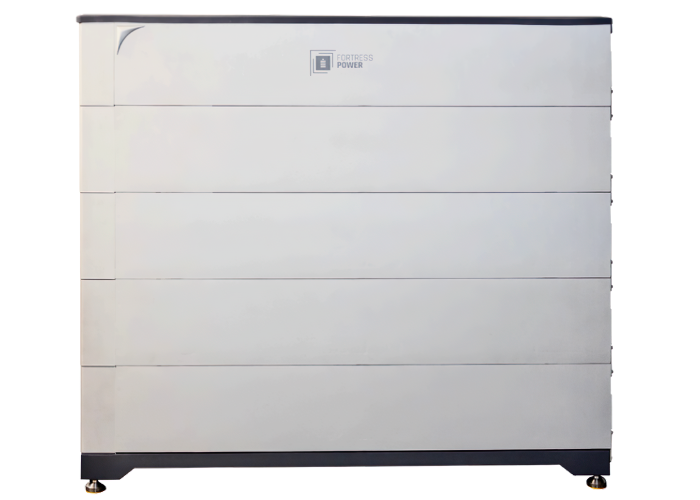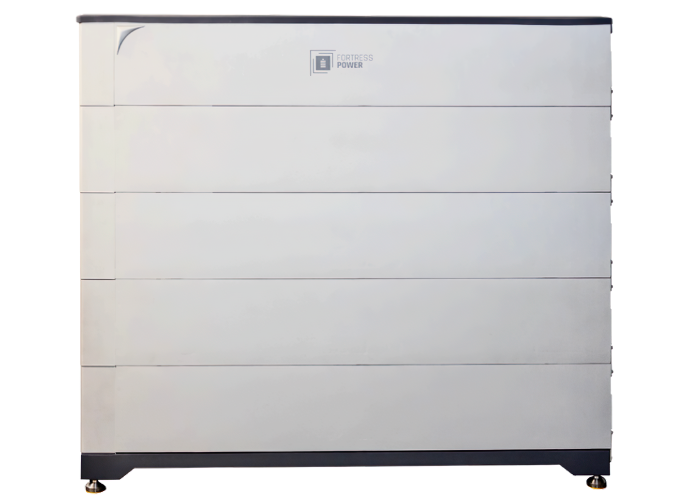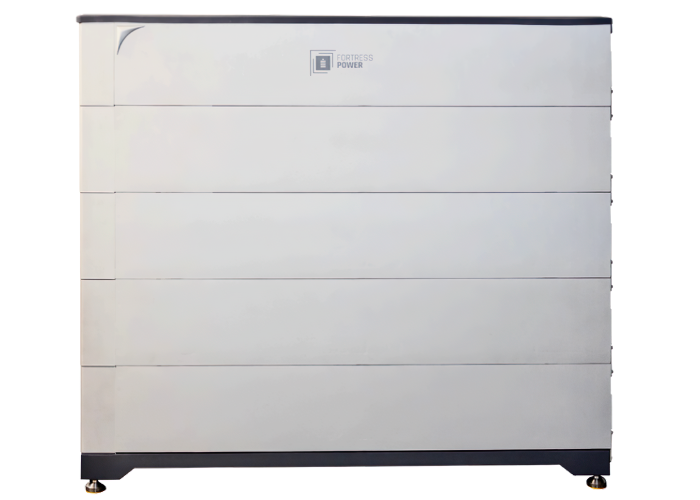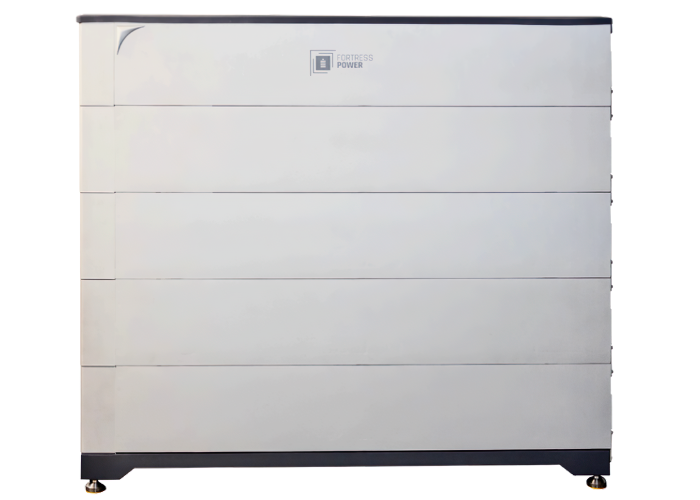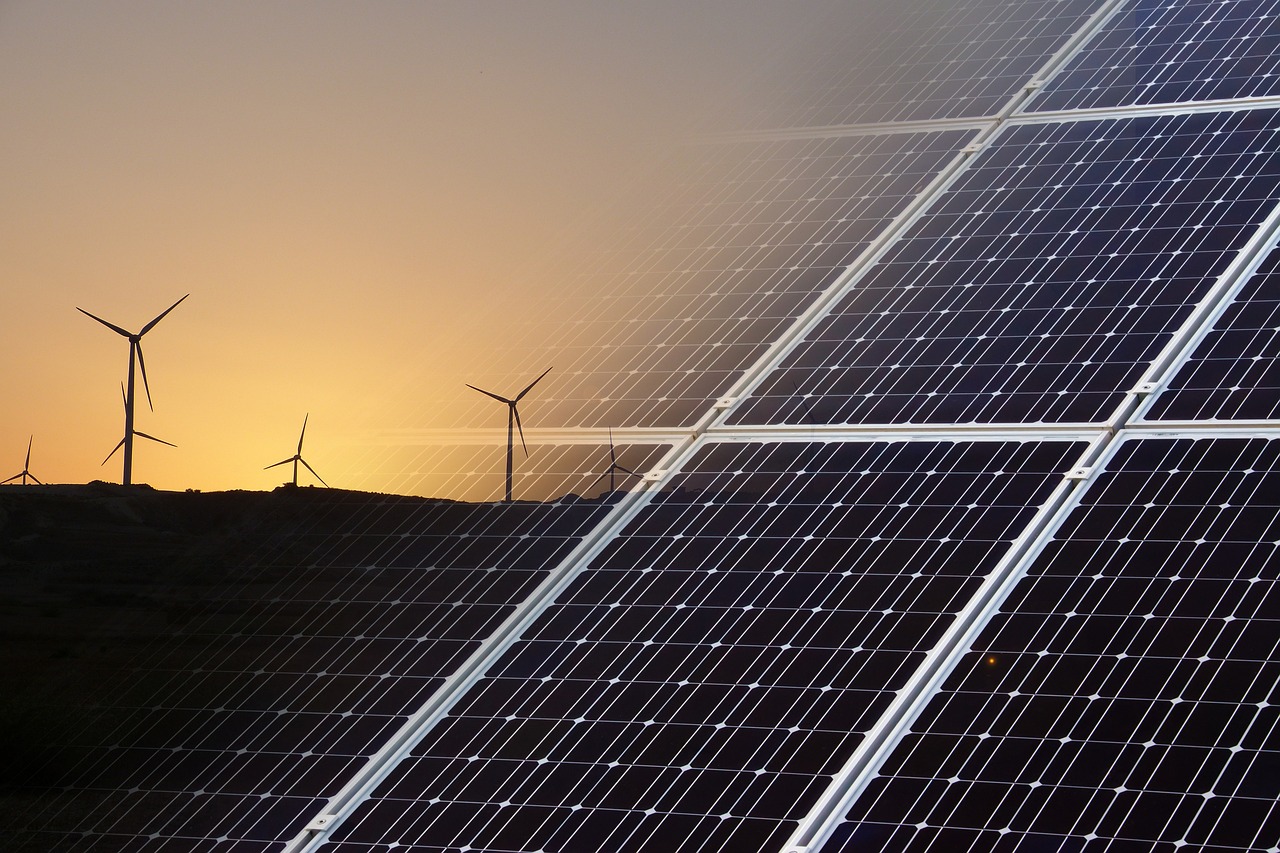Renewable green energy is more than just a buzzword; it's a pivotal element in our global strategy to combat climate change and foster a sustainable future. By harnessing natural resources like sunlight, wind, water, and geothermal heat, renewable energy offers an environmentally friendly alternative to fossil fuels, reducing our carbon footprint and preserving our planet for future generations.
Key Takeaways
- Renewable energy reduces greenhouse gas emissions and helps combat climate change.
- It creates jobs and boosts the economy while saving money in the long term.
- Promotes public health and social equity by providing clean, accessible energy.
- Technological advancements are making renewable energy more efficient and reliable.
- Countries worldwide are adopting renewable energy policies and achieving remarkable results.
Renewable Energy Benefits
The benefits of renewable energy are profound, particularly in the reduction of greenhouse gas emissions, a leading cause of climate change. By tapping into natural resources for renewable electricity, we can preserve our planet’s ecosystems and reduce air and water pollution, leading to healthier environments and communities.
Reducing Greenhouse Gas Emissions
Renewable electricity significantly reduces greenhouse gas emissions compared to conventional energy sources. By utilizing wind, solar, hydroelectric, and geothermal power, we can lower the concentration of carbon dioxide and other harmful gases in the atmosphere. This reduction in emissions is crucial for slowing the pace of global warming and mitigating climate change's adverse effects.
Preserving Ecosystems and Reducing Pollution
By shifting to renewable green energy, we can drastically cut down on air and water pollution. Traditional power plants release a multitude of pollutants, including sulfur dioxide and nitrogen oxides, which contribute to smog and acid rain. In contrast, renewable green energy sources produce little to no pollution during operation. This reduction in pollutants leads to cleaner air and water, fostering healthier environments for both humans and wildlife.
Conserving Water Resources
Traditional power generation methods, such as coal and nuclear plants, are highly water-intensive. They require significant amounts of water for cooling and steam production, which strains water resources, especially in arid regions. Renewable green energy technologies, like wind and solar power, use minimal water, thus conserving this vital resource. This conservation is particularly beneficial in areas facing water scarcity and drought conditions.
Promoting Biodiversity
Renewable energy technologies also promote biodiversity by minimizing habitat destruction associated with non-renewable green energy extraction and use. Extracting fossil fuels often involves deforestation, soil erosion, and habitat destruction, leading to significant biodiversity loss. In contrast, renewable green energy installations, such as solar farms and wind turbines, have a much smaller environmental footprint. This shift to renewable energy supports the preservation of natural habitats and protects endangered species.
Supporting Sustainable Development
The shift to renewable green energy is a cornerstone of sustainable development. By reducing our reliance on finite and polluting energy sources, we pave the way for a more sustainable and resilient energy infrastructure. Renewable energy projects often bring economic benefits to local communities, including job creation and local investment. These projects can be designed to coexist harmoniously with the natural environment, ensuring long-term sustainability.
Enhancing Public Health
Reducing air and water pollution through renewable green energy use has direct benefits for public health. Fewer pollutants in the air can decrease respiratory and cardiovascular diseases, leading to healthier populations. Clean water ensures safer drinking supplies and better sanitation, further improving community health outcomes.
The transition to renewable energy offers substantial environmental benefits, from reducing greenhouse gas emissions and preserving ecosystems to conserving water resources and promoting biodiversity. By embracing renewable green energy technologies, we can ensure a healthier planet and a sustainable future for generations to come. This shift is not just an environmental necessity but a pathway to a cleaner, more equitable world.
What is Renewable Energy?
Renewable energy comes from natural sources that are constantly replenished, such as sunlight, wind, water, and geothermal heat. Unlike fossil fuels, which are finite and emit pollutants, renewable clean Energy offers a sustainable and cleaner alternative. Among the various types of renewable green energy, wind energy stands out for its efficiency and growing adoption.
Wind energy harnesses the power of wind currents using turbines to generate electricity. These turbines can be found both onshore and offshore, transforming wind into a reliable source of energy that feeds into the power grid. Similarly, solar power plants capture sunlight using photovoltaic cells or solar thermal systems, converting it into electricity that can power homes and businesses.
Hydroelectric power plants utilize the energy of flowing water from rivers or dams to produce electricity, while geothermal power plants tap into the Earth’s internal heat to generate power. Biomass energy, derived from organic materials such as agricultural waste and wood, offers another renewable option. Over time, advancements in technology have made these sustainable energy sources more efficient and accessible.
Innovations in wind turbine design and solar panel efficiency have significantly boosted their energy output, making renewable energy a viable competitor to traditional fossil fuels. As a result, renewable energy not only provides a cleaner alternative but also ensures a continuous supply of power for future generations.
Ubiquitous Renewable Energy Sources
Renewable green energy sources are incredibly abundant and exist all around us, offering vast potential for electricity generation. The sun shines over vast areas, providing solar energy that can be converted into electricity using photovoltaic panels or solar thermal systems. Winds blow consistently in many regions, enabling wind power generation through the use of turbines that capture wind energy and convert it into electrical power. Rivers and waterfalls present opportunities for hydroelectric power, harnessing the energy of flowing water to drive turbines and generate electricity. Geothermal energy taps into the Earth's internal heat, converting it into a sustainable energy source for power plants.
Solar Energy
The sun is a powerful source of energy, shining over large parts of the Earth every day. Solar energy can be harnessed using photovoltaic panels, which convert sunlight directly into electricity, or solar thermal systems, which use the sun's heat to generate power. This form of renewable electricity is clean, abundant, and increasingly cost-effective.
Wind Energy
Wind energy harnesses the power of wind currents to generate electricity. Wind turbines, strategically placed in windy regions, capture wind energy and convert it into electrical power. Wind farms, both onshore and offshore, contribute significantly to the renewable green energy mix, providing a reliable and sustainable energy source.
Hydroelectric Power
Hydroelectric power plants utilize the kinetic energy of flowing water from rivers or waterfalls to generate electricity. By driving turbines with the force of water, these plants convert natural water flow into renewable electricity. Hydropower is one of the oldest and most established forms of renewable green energy, offering consistent and reliable power generation.
Geothermal Energy
Geothermal energy taps into the Earth's internal heat, utilizing it to produce electricity. Geothermal power plants harness this heat from beneath the Earth's surface, converting it into a sustainable and continuous energy source. This form of renewable clean energy is particularly effective in regions with high geothermal activity.
Biomass Energy
Biomass energy is derived from organic materials such as agricultural waste, wood, and other plant-based substances. By converting these materials into energy, biomass adds another dimension to the renewable green energy mix. It offers a way to utilize waste products sustainably and reduce reliance on traditional energy sources.
The Economic Edge of Renewable Energy
Renewable energy is often more cost-effective than traditional fossil fuels. While the initial investment in renewable technologies, such as solar panels or wind turbines, can be substantial, the long-term savings are significant. These technologies have lower operational and maintenance costs and can provide stable pricing, free from the volatility of fossil fuel markets.
Additionally, the renewable energy sector is a major job creator, offering employment opportunities in manufacturing, installation, and maintenance. By investing in renewable clean energy, we can achieve substantial economic benefits while ensuring a cleaner, healthier environment for future generations.
The Stability and Robustness of Renewable Energy Systems
Renewable energy systems are not only sustainable but also incredibly reliable and resilient. Advances in technology have significantly improved the stability of renewable green energy sources, ensuring a consistent power supply. Solar and wind power systems, for example, are becoming more efficient and capable of generating electricity even under less-than-ideal conditions.
Moreover, incorporating renewable energy into the power grid can enhance its resilience, reducing the risk of outages and improving overall energy security. By diversifying our energy sources, we can create a more robust and dependable energy infrastructure.
Technological Innovations
Rapid advancements in technology are making renewable energy more efficient and affordable. Innovations like smart grids and energy storage solutions are revolutionizing how we produce and consume energy, paving the way for a sustainable future. The Department of Energy plays a crucial role in supporting the development of new energy technologies, which enhance the performance and integration of renewable sources like wind and solar power.
Smart grids improve the efficiency and reliability of electricity distribution, enabling utilities to manage energy use more effectively. Energy storage systems ensure a stable supply even when renewable sources are intermittent, addressing one of the main challenges of renewable energy. Future trends point towards further integration of renewable clean energy into everyday life, with potential breakthroughs in solar panel efficiency, wind turbine design, and geothermal technology. These advancements promise to make renewable green energy a more viable and reliable option for powering our world.
Global Impact and Adoption
Countries around the world are embracing renewable energy, with impressive results. From Denmark’s wind farms to India’s solar parks, these initiatives are proving that a clean energy future is within reach. International agreements and supportive policies are crucial in driving this global transition. Nations are setting ambitious targets for renewable energy adoption, supported by government incentives and international cooperation. Despite the challenges, the global momentum towards renewable energy is unstoppable, paving the way for a cleaner and more sustainable future.
Conclusion
Renewable energy is a win-win for the planet and its inhabitants. By investing in and supporting renewable energy, we can ensure a healthier, more prosperous future for all. It’s time to take action—let’s embrace the power of renewable energy!
FAQs
What is the role of renewable energy in the world?
Renewable energy plays a crucial role in reducing greenhouse gas emissions, combating climate change, and promoting sustainable development. It provides a clean, inexhaustible source of power, reduces dependence on fossil fuels, and supports economic growth through job creation and technological innovation.
What is the global impact of using renewable energy?
The global impact of using renewable energy includes significant reductions in carbon emissions, improved air and water quality, and enhanced public health. It also fosters energy security, supports international climate goals, and drives economic development by creating new industries and job opportunities.
Can renewable energy provide enough energy for the world?
Yes, renewable energy has the potential to provide enough energy for the world. Advances in technology, increased efficiency, and the diverse range of renewable sources such as solar, wind, hydro, geothermal, and biomass make it feasible to meet global energy demands sustainably. Integrating these sources into the energy grid can ensure a reliable and continuous supply of power.


 Generac
Generac
 Briggs & Stratton
Briggs & Stratton
 Solax Power
Solax Power
 Amana PTAC
Amana PTAC
 Fortress Power
Fortress Power
 Simpliphi
Simpliphi
 Daikin
Daikin
 Rennogy
Rennogy
 Enphase
Enphase
 Sol-Ark
Sol-Ark
 Sungrow
Sungrow
 Soligent
Soligent
 ZNShine Solar (C&D Clean Energy)
ZNShine Solar (C&D Clean Energy)



